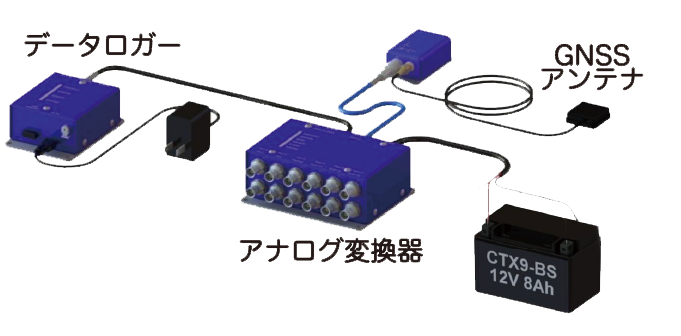Simplified diagram of behavior
-
Rolling

Ship sways as if leaning left and right.
-
Pitching

Ship sways as if leaning back and forth.
-
Yawing

Ship sways as if veering left and right.
-
Heaving

Entire ship sways as if moving
up and down. -
Swaying

Entire ship sways as if moving
left and right. -
Surging

Entire ship sways as if moving
back and forth.











